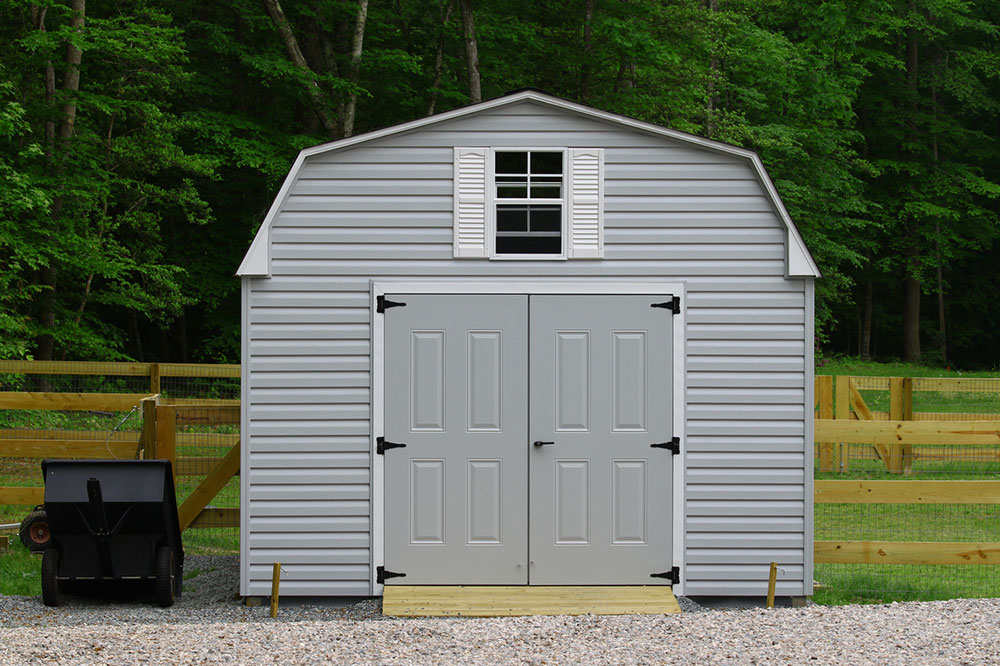Different types of storage sheds
Storage sheds have been the go-to option for all your storage needs. However, deciding on the type of storage shed according to your needs is a challenging task. One of the important factors to take into consideration is the material of the shed you are looking at. While the type of storage – indoor or outdoor – is a preference that depends on the consumer, the material of the shed requires equal attention.

The commonly used storage shed materials are as follows.
- Metal
Metal sheds are commonly made of steel and are available in various colors. They practically double up as economical storage options that last for years maintenance-free. Steel sheds are either made of steel coated with vinyl sheets or from galvanized steel with enamel finish. This provides the shed resistance against scratches and rust.
- Wood
If you are looking for a stylish option with good capacity and durability, then wood sheds are a perfect choice. These sturdy sheds are made out of wood which helps prevent rotting and inhabitation of termites. They can also be painted or customized according to the landscape or your house. The downside of some DIY wooden storage sheds is that they may not contain roofing equipment like the shingles, drip edges, among others.
While the wooden sheds require to be repainted, the roof needs servicing regularly. They may be easy to assemble, but the maintenance may not be ideal for everyone. - Vinyl/Resin/Plastic
Resistant to insects, mold, rotting, and even insects, vinyl and resin storage sheds are easiest to assemble. These double wall paneled sheds are sturdy and can withstand extreme weather change. Some models also sport windows and/or skylights for illumination. Made of different types of plastic, they have doors reinforced with steel to provide extra security. These storage sheds require minimum to no maintenance.
While choosing the type of storage shed you want, also consider the availability of space (indoor or outdoor). Apart from the availability or type of sheds, you also need to check your area’s requirements. Check rules and regulations of your area’s zoning ordinances, homeowners’ association covenants and building codes. Some areas have restrictions on the size or type of the shed, some others might require inspection and permits.















